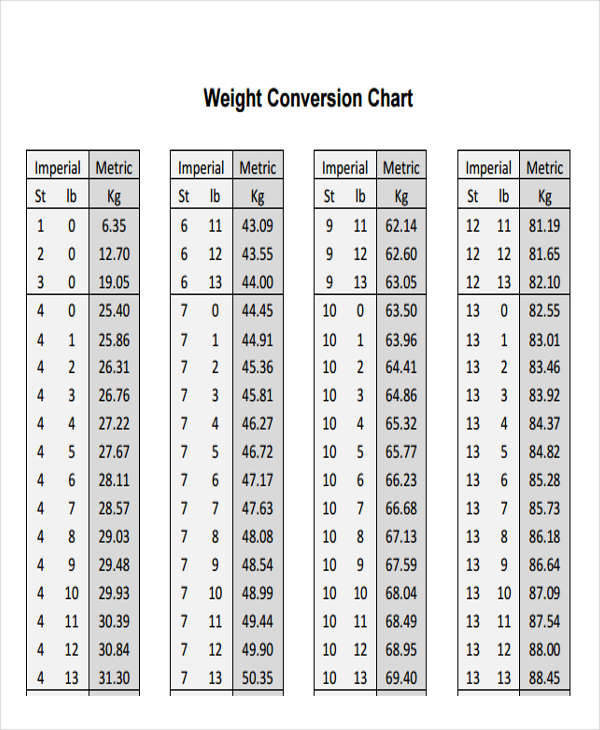

One variation still used today is the Troy pound (approx. In the UK numerous different systems using the pound have co-existed, although the avoirdupois pound (also known as the wool pound) has been the most commonly used and long-lasting (abbreviated to lb av or lb avdp). Although the exact mass defined as a pound has varied from system to system, they have been broadly similar, usually between 350 and 560 metric grammes. Throughout history the pound (or its local translation) has been used as a measurement of weight in many different parts of the world, including The United Kingdom, France, Germany, Scandinavia and Russia. The name pound is an adaptation of the Latin phrase libra pondo, or a pound weight, the Roman libra (hence the symbol lb) weighed approximately 329 grammes. The imperial (avoirdupois, or international) pound is officially defined as 453.59237 grams. The pound is a measurement of mass used in the imperial system, and is accepted on a day-to-day basis as a unit of weight (the gravitational force acting on any given object). U.K., U.S.A, Australia, Canada, New Zealand et al.You can choose the types of paper for both the cover and the inside pages of your book as you use our quote form. Hopefully these charts will be helpful to you as you determine the paper you want to use for your book. offset cover stock is quite a bit stiffer than the equivalent gloss cover stock. gloss cover, which has the same basis weight, is closer to 9 pt. offset cover is about 14 pt., or 0.0140 inches thick. The type of paper affects how thick that sheet will be for any given basis weight. It is important to note that paper thickness and paper weight are not the same thing. Here’s a Basis Weight Chart of some of the major paper types. On the other hand, the “basis size” of uncut text paper is 25” x 38”. This is where much of the confusion comes in, because different types of paper have different uncut sizes used as the basis of this weight.Īs an example, the paper weight of bond paper is determined by the weight of a stack of 500 “basis size” bond sheets – which are 17” x 22”. In the U.S., the traditional method of determining paper weight is formally known as basis weight, and is the weight (in pounds) of a stack of 500 sheets of paper. While the sizes and paper weights listed in the chart are the most common types and weights used by book printers, this is not an exhaustive list of all paper types. text paper, using a page much thicker than that will result in a book that is very stiff and difficult to hold open. For instance, since a novel page is typically around 60 lb. Just because a paper is thicker does not necessarily mean it is better for all uses.

You can find more from our blog on book cover stock options for paperback books. Also note that the measurement of Point refers to thousandths of an inch. C1S, which is our most common paperback book cover stock.

Some paper types are more commonly measured in points, such as 10 pt. The glossy paper used for many magazines is typically 80 lb. We’ve put together a paper weight conversion chart to represent popular paper weights used in book printing, as well as a few common reference points.Īs an explanation for the reference points, standard copy paper you’re familiar with is normally 20 lb. This stems from the way different types of paper are measured, as well as different measurement types being used for different applications. There’s no beating around the bush: The different measurements of paper weight can get confusing very quickly.


 0 kommentar(er)
0 kommentar(er)
